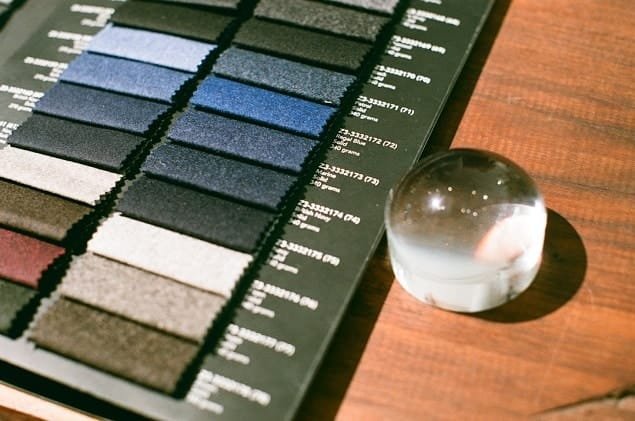The Ultimate Guide to Buying a Quality Men’s Suit: Tips and Tricks

Investing in a men’s suit is not just a fashion choice—it’s a statement of professionalism and class. Whether for a job interview, a wedding, or daily corporate wear, a great suit can elevate your appearance and instill confidence. To ensure you make an informed purchase, it’s essential to understand the specifics that constitute a high-quality suit. Keep reading as we delve into the essentials of selecting the right suit that will stand the test of time in style and durability.
Understanding Suit Quality: The Basics of Fabric and Construction
When exploring the fundamentals of suit quality, fabric choice is paramount. Wool suits are a classic option due to their durability, breathability, and versatility in various climates. Other materials, like cotton and linen, offer lighter alternatives for warmer seasons but lack the longevity of wool. The fabric’s weave also plays a critical role, with finer weaves often indicating higher quality.
Construction is another crucial element that defines a suit’s life span and appearance. Full-canvas suits, where the fabric is hand-stitched to a canvas, allow the suit to conform to the body’s shape over time, creating a perfect fit. While half-canvas suits provide a balance between shape and cost, fused suits—where the fabric is glued to the lining—are lower in price but compromise on comfort and durability.
The suit’s stitching and lining also indicate its quality. Hand-stitching is a sign of a custom-crafted suit, whereas machine stitching is more common in mass-produced suits. A fully lined suit ensures better structure and longevity than a partially lined or unlined counterpart.
Beyond the physical attributes, the brand itself can signal quality. Investing in quality men’s suits from reputed manufacturers with a history of excellent craftsmanship can save you from frequent replacements, translating to a better investment in the long run.
Finding the Right Fit: Key Measurements for a Sharp Look

A suit that fits impeccably is non-negotiable. The hallmark of a well-fitting suit is how the jacket and trousers sit on your body. Critical measurements for the jacket include the shoulders, chest, waist, and sleeves. Shoulders should be snug without pulling, and the chest should allow for comfortable movement.
The jacket’s waist should contour slightly without feeling restrictive, creating a flattering silhouette. The sleeves must end just above the hinge of the wrist, revealing just a hint of your shirt cuff. While the jacket’s length should cover your seat, it shouldn’t be long enough to create a baggy appearance.
The waist should fit without a belt to hold it up for trousers. The rise—the distance from the crotch to the top of the waistband—must allow for comfort, whether sitting or standing. The length is crucial, with the ideal ending point being a slight break on the shoe.
Never underestimate the importance of trying on suits and getting professionally measured. A great fit enhances your natural physique and ensures comfort, which is especially important for a suit you might wear for extended periods.
Style and Occasion: Choosing the Right Suit for the Event
The style of a suit should align with the occasion. A classic black, navy, or charcoal suit is versatile for formal events. A single-breasted suit with a notched lapel is appropriate for most occasions, offering a balanced and modern appearance.
A two-button jacket is a standard selection for business settings, projecting a sharp and professional image. But a tuxedo with satin lapels and a bow tie might be the best option for a gala or formal evening event.
Lighter colors and patterns are permissible if the context is less formal, such as a summer wedding or a casual business meeting. Herringbone, checks, and pinstripes can introduce personality to your ensemble but continuously assess suitability based on the event’s formality.
Additionally, consider the time of year and location for the event. Light fabrics and colors for warmer months and climates and heavier, darker suits for winter will ensure you’re stylish and comfortable.
Overall, investing in a quality men’s suit involves more than just fabric—finding the right fit, style, and durability to match your needs and elevate your look. With careful attention to materials, construction, and fit, you can select a suit that makes a lasting impression and stands the test of time.



